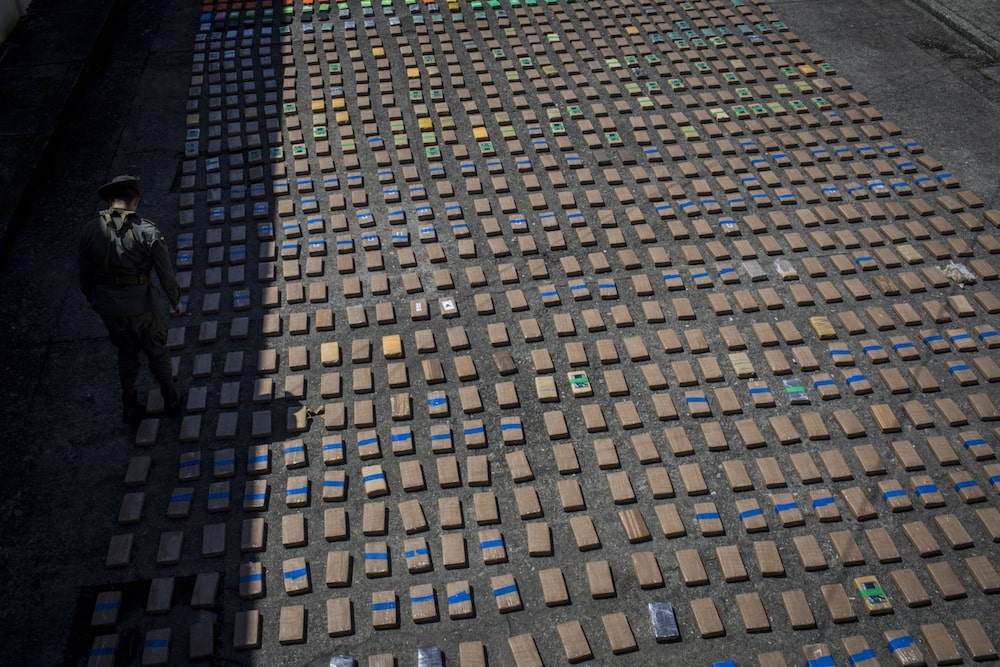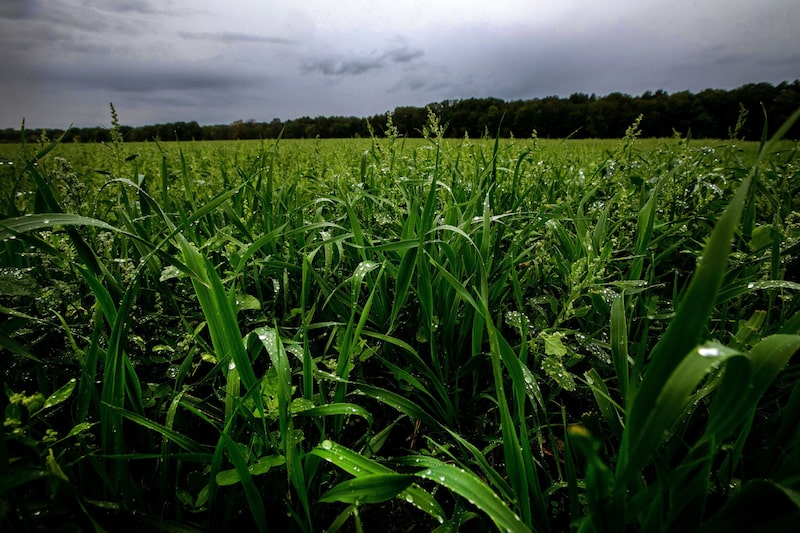Bogotá — “Here, as in all ports and airports in the country, the complicated issue is cocaine,” says Domingo Chinea, president of the Port Society of Santa Marta, while explaining how authorities have had to use more sophisticated equipment and protocols in collaboration with the Anti-Narcotics Police in the fight against drugs.
Chinea explains that cocaine is the main problem because “production is at historic levels, and since there has been such an increase in legal exports, cargo is being contaminated for drug sales abroad.
He says that 100% of the containers leaving the port by ship are scanned .
The information that emerges from the scanning process is reviewed by the Anti-Narcotics Police, both in Santa Marta and Bogotá, he says “The police are working very hard, but there is so much cargo that it is exhausting work”.
He assures that it is thanks to this joint work that there have been large drug seizures both in the port and abroad this year.
“The scanned images can be reviewed, even if the ship is already sailing, and if anything strange is detected, European authorities are notified so that they can take care of a revision there,” he says.

No let-up during the pandemic
The fight against drug trafficking forced the authorities to remain vigilant during the most complex months of the pandemic. “The only ones that remained very active pre-, post- and during the pandemic were the drug traffickers. They keep changing the way they do it, but they never stop trying to send drugs,” Chinea said.
“They keep changing the way they export. They put the cocaine in the most sophisticated equipment, they put it in the mixture, today there is a lot of technology to mix it with unusual loads, from charcoal to flour and many products”, he says.
He adds that drug traffickers have also recruited great talent into their ranks because “it’s not just sending the drugs, that later requires a chemical process to, for example, separate the charcoal from the cocaine. Those are high-tech and very complex processes. We have discovered that they do it with all kinds of merchandise, including copper ore”.
There are drug traffickers with all kinds of methods, he says, “ranging from the usual methods, such as contaminating the cargo and putting the drugs inside the cargo. Here we have seen cocaine of all types, liquid, powder, camouflaged. This has forced us and the anti-narcotics police of the world to evolve new ways of detection because they try to send the drug in the structure of the container, in the cargo, in the cartons in which they pack the cargo, they impregnate the drug, they use millions of formulas to mislead and the authorities must always be one step ahead”.
Narcos disguised as children
One of the ways that the authorities can catch traffickers is by intercepting their communications.
The drug traffickers know this too, which is why they have found in the Internet a unique ally to go unnoticed by those responsible for the fight against drugs.
“They have become increasingly sophisticated in their communication. They use the Internet, online games played mainly by children, and even dating apps; all kinds of tools to make it look like they are not what they are. They have been evolving, along with technology, to make drug trafficking and laundering operations as sophisticated as possible,” according to Chinea.
The use of technology
Chinea says the work of the Colombian police, as well as cooperation with police offices in other parts of the world, has been key to detecting drug traffickers, adding that the Colombian police train police forces in other countries, given their decades of experience in the fight against drugs.
However, he assures that in order to win the war against drug traffickers, it is necessary to have technology as an ally.
“Everything must be systematized. There are no manual processes here. There is no human intervention, and in addition, 100% of the cargo is scanned, and all the information of the containers, that is, the images of the containers, are online with the authorities. They have the images before they are exported,” Chinea says, pointing out that this is how the police has managed to strike huge blows against the mafias.

However, he says that “there is a lack of good cargo profiling software. That is, to have a matrix of variables so that it is the same software that determines which is a high-risk container and which is a low-risk container,” he explains.
With profiling, Chinea says it would be possible to identify more quickly and accurately those containers that, for example, belong to an exporting company that has never exported before. That, he says, would be classified as a high-risk container.
“It’s one type of company that raises an alert, but not the only one. Certain types of products to certain types of destinations also constitute an alert,” he adds. “Here we had, for example, a case of grape pulp exports to the country that exports the most grape pulp in the world.”
Likewise, he says that other types of alerts are exports of products that are not consumable in certain countries, or an export of products already exported by a multinational or a company with a long history.
“The matrices are prepared by experts and can have many variables: they review the company, the origin of the cargo, the destination, the carrier, who buys it, who sells it, to which market it goes, if that market really has a demand for that product, in short, there are many variables to review”.
Safeguarding trade and the country’s reputation
Chinea explains that the police is responsible for all the work of apprehension of merchandise, and the port’s mission is limited to providing the tools for this work.
“Our mission is to protect foreign trade because it is preferable to catch the drugs here and not at the port of destination, because they damage the image of foreign trade and Colombia,” he says.
1,000km shipments
Although the port of Santa Marta should be the point at which drugs are prevented from leaving Colombia for other countries, Chinea wonders how the cocaine makes it to the port if it is not produced in Magdalena.
“Neither in the department of Magdalena, nor in the nearby ones, is coca grown. In other words, the cocaine arrives here from the departments of Nariño, Putumayo, Cauca or Norte de Santander. In other words, it travels hundreds of kilometers to get here.”







